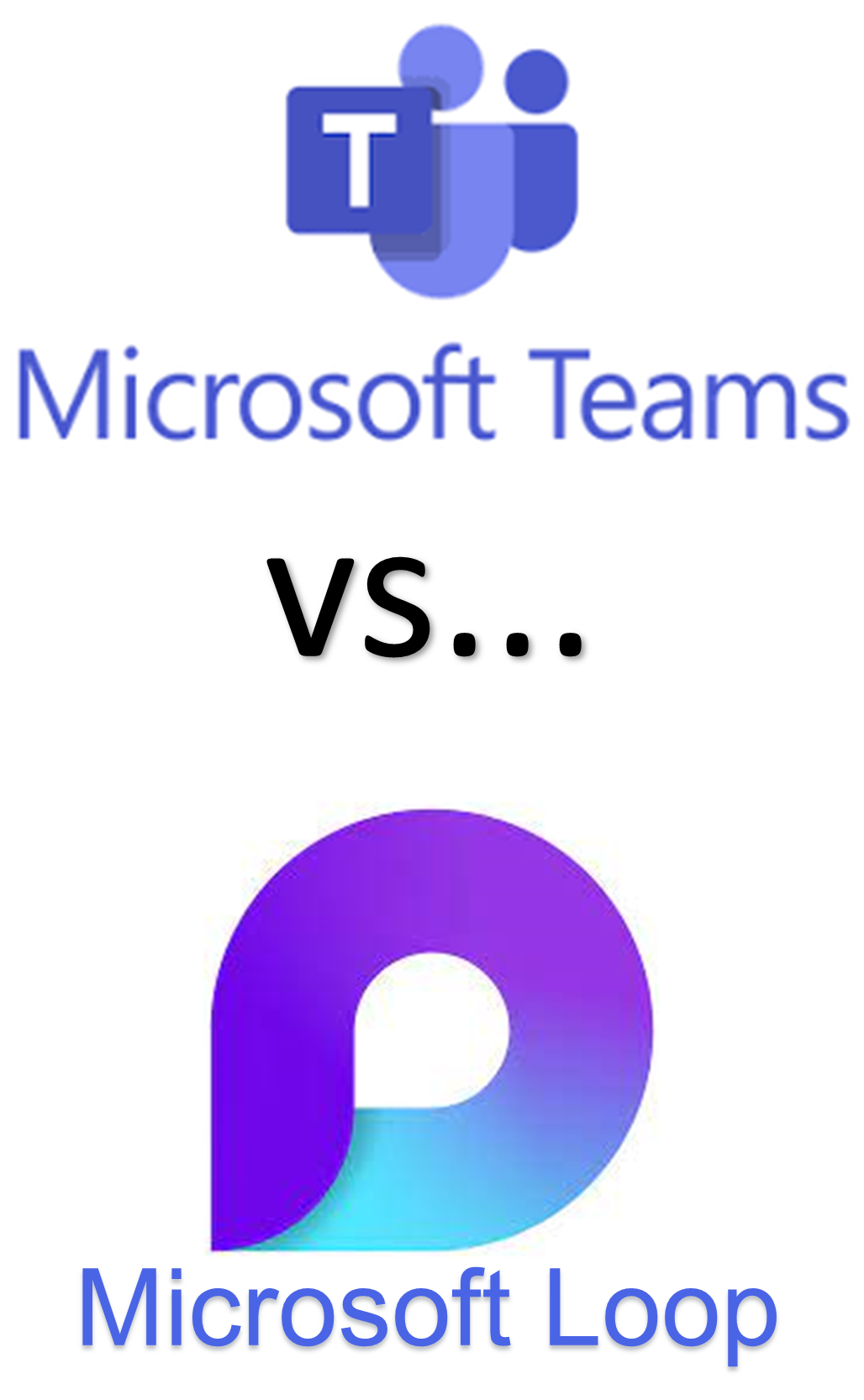Microsoft Loop Environment vs Microsoft Teams: What are the main differences?
 Wednesday, April 19, 2023 at 6:42AM
Wednesday, April 19, 2023 at 6:42AM  Microsoft Loop Environment and Microsoft Teams are both collaboration platforms that enable users to work together on projects, documents, chats, meetings, and more. However, they have some key differences that make them suitable for different scenarios and workflows. In this article, I will compare and contrast these two platforms, especially in terms of how they facilitate communication among users.
Microsoft Loop Environment and Microsoft Teams are both collaboration platforms that enable users to work together on projects, documents, chats, meetings, and more. However, they have some key differences that make them suitable for different scenarios and workflows. In this article, I will compare and contrast these two platforms, especially in terms of how they facilitate communication among users.
Microsoft Loop Environment is a new platform that was announced in October 2021 as part of the Microsoft 365 suite. It is designed to be a flexible and fluid workspace that allows users to create and edit content collaboratively in real time, using various components such as text, tables, lists, images, diagrams, and more. Users can also chat and comment within the same workspace, as well as integrate with other Microsoft 365 apps such as Outlook, OneNote, SharePoint, and Power BI. Microsoft Loop Environment aims to reduce the friction and complexity of switching between multiple apps and tools, and to enable users to work more creatively and productively.
Microsoft Teams is a well-established platform that was launched in 2017 as a hub for teamwork in Microsoft 365. It is designed to be a unified communication and collaboration platform that allows users to chat, call, meet, share files, and access apps within Teams and Channels. Users can also create and edit documents using Office apps such as Word, Excel, PowerPoint, and OneNote within Teams. Microsoft Teams aims to improve the efficiency and effectiveness of teamwork, and to enable users to communicate and collaborate securely and seamlessly.
One of the main differences between Microsoft Loop Environment and Microsoft Teams is how they approach communication. Microsoft Loop Environment focuses on asynchronous communication, meaning that users can communicate at their own pace and convenience, without having to be online at the same time. Users can chat and comment within the same workspace where they create and edit content, and they can also use @mentions to notify specific people or groups. Microsoft Loop Environment also supports synchronous communication, meaning that users can communicate in real time, by using voice or video calls within the workspace.
Microsoft Teams focuses on synchronous communication, meaning that users can communicate in real time using chat, voice calls, video calls, or meetings within teams and channels. Users can also use @mentions to notify specific people or groups. Microsoft Teams also supports asynchronous communication, meaning that users can communicate at their own pace and convenience by using chat or email within teams and channels.
Another difference between Microsoft Loop Environment and Microsoft Teams is how they organize content. Microsoft Loop Environment organizes content by workspaces, which are collections of components that users can create and edit collaboratively. Workspaces can be shared with anyone within or outside the organization, and they can be accessed from any device or browser. Users can also create sub-workspaces within workspaces to group related components together.
Microsoft Teams organizes content by teams and channels, which are groups of people who work together on a common topic or project. Teams can be private or public within the organization, and they can have multiple channels for different purposes or conversations. Users can also create tabs within channels to access files or apps related to the channel.
Both Microsoft Loop Environment and Microsoft Teams are powerful platforms that offer different ways of working together and communicating with others. Depending on the needs and preferences of the users, they can choose the platform that best suits their scenario and workflow.


Reader Comments